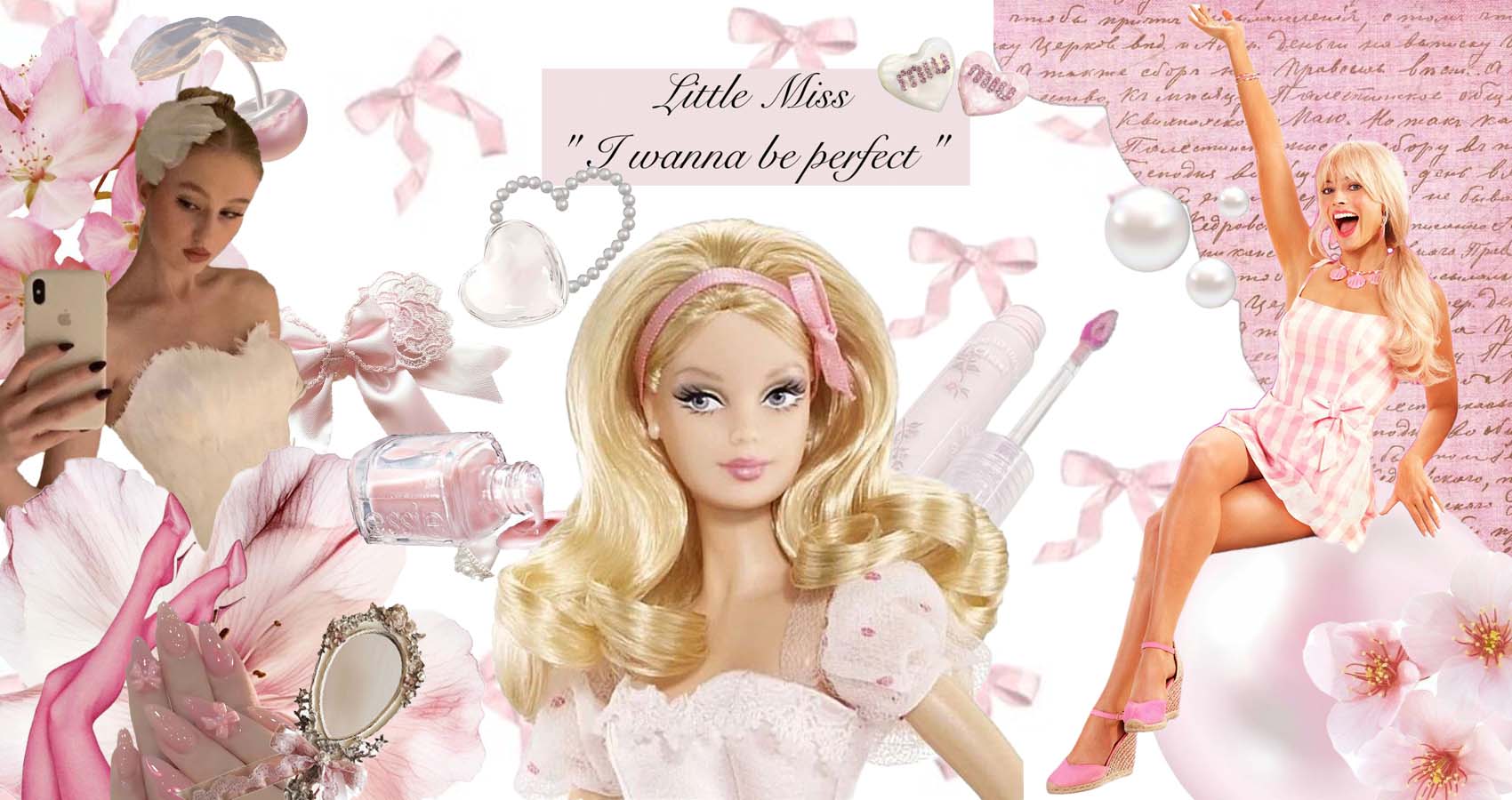
How Unrealistic Beauty Ideals Fuel Addictive Habits in Pursuit of Perfection
How beauty ideals drive addiction in the quest for perfection.
Unrealistic beauty ideals have become deeply ingrained in modern society, heavily influenced by social media, advertising, and pop culture. These unattainable standards often portray perfection as flawless skin, a specific body type, or an ageless appearance. For many, the pressure to achieve these ideals triggers harmful behaviors and fuels addictive habits, from extreme dieting to compulsive cosmetic procedures. As a result, individuals frequently struggle with self-esteem issues and mental health challenges in their pursuit of perfection. Here, we'll show how these unrealistic beauty ideals impact behavior, foster addiction, and harm overall well-being while offering steps to reclaim a healthier self-image.
The Rise of Unrealistic Beauty Ideals in Modern Culture

Unrealistic beauty standards dominate modern culture, heavily shaped by social media, advertising, and entertainment. Platforms like Instagram and TikTok are flooded with curated, filtered images that create impossible standards of perfection. Photo editing tools and AI technology further distort natural appearances, making even slight imperfections seem unacceptable.
This constant exposure to idealized images leads to social media stress, where individuals feel pressured to match unattainable looks for validation and approval. The rise of influencers promoting specific beauty products and cosmetic enhancements exacerbates this issue, as their curated lives are often perceived as the norm. These unrealistic portrayals make individuals question their self-worth and set a harmful precedent for younger generations. The pursuit of these ideals creates a cycle of comparison, dissatisfaction, and the adoption of harmful habits to meet these expectations.
How These Ideals Pressure Individuals to Seek Perfection

Unrealistic beauty ideals place immense pressure on individuals to strive for perfection, impacting people of all genders and ages. Society often rewards appearances that align with narrow beauty standards, leaving those who don’t fit the mold feeling inadequate. Industries like cosmetics, weight loss, and plastic surgery profit from insecurities by marketing products as solutions to “fix” perceived flaws.
This constant messaging creates an environment where self-worth becomes tied to physical appearance, driving individuals to extreme measures. Many feel compelled to pursue risky diets, excessive workouts, or cosmetic enhancements to gain societal approval. The pressure is particularly intense for young people, who are bombarded by curated images on social media. This relentless pursuit of perfection fosters feelings of failure, as these unattainable standards are designed to be out of reach, fueling addictive habits and unhealthy behaviors.
Common Addictive Habits Linked to Unrealistic Beauty Standards

Unrealistic beauty standards often lead to addictive habits. These habits not only harm physical health but also deeply affect mental well-being. They often create a vicious cycle of dissatisfaction and dependency, making it even harder to escape the grip of beauty ideals.
Some common addictive behaviors include:
- Extreme dieting: Constant calorie restrictions or fad diets to achieve a specific body type, often leading to eating disorders.
- Over-exercising: Compulsively working out beyond safe limits to lose weight or sculpt a certain physique.
- Cosmetic procedures: Repeated surgeries or non-invasive treatments to alter natural features, driven by insecurity.
- Social media validation: Obsessively posting and seeking approval through likes and comments, reinforcing dependence on external validation.
- Use of beauty apps: Overusing editing tools to perfect appearances, distorting self-image further.
The Impact on Mental and Physical Health

The pressure to meet unrealistic beauty standards often drives individuals toward harmful coping mechanisms, including excessive alcohol consumption. Many turn to drinking as a way to manage stress, anxiety, or insecurities fueled by societal expectations. However, alcohol can quickly lead to dependency, creating a cycle of cravings and further emotional distress. Substance abuse, eating disorders, and compulsive behaviors like over-exercising or binge shopping are also common responses to these pressures.
These habits not only damage physical health, causing fatigue, nutritional deficiencies, and chronic illness, but they also worsen mental health, increasing rates of depression, anxiety, and low self-esteem. Recovery strategies that include healthier habits, such as focusing on nutrition, can play a key role in breaking this cycle. Exploring foods to curb alcohol cravings provides practical support, helping individuals reduce reliance on alcohol and rebuild self-confidence. This shift can aid in reducing reliance on alcohol and fostering a more balanced approach to self-image and mental health.
How Social Media Fuels the Cycle of Addiction

Platforms like Instagram and TikTok reward curated content that promotes unattainable ideals, reinforcing the belief that perfection is necessary for acceptance. Algorithms prioritize posts with flawless appearances, increasing exposure to filtered images and edited videos. This constant stream of comparison drives individuals to seek validation through likes, comments, and shares, leading to addictive posting behaviors.
Social media amplifies insecurities, pushing users toward harmful habits like excessive dieting or over-exercising. The pressure to maintain a certain online image can also lead to obsessive use of beauty apps to alter appearances further. Breaking this cycle requires reducing screen time, unfollowing harmful accounts, and embracing more authentic, diverse representations of beauty.
Breaking Free from the Pursuit of Perfection

Freeing yourself from pursuing perfection requires conscious effort and a commitment to self-acceptance. Unrealistic beauty standards are deeply ingrained, but practical steps can help reduce their influence and foster healthier habits. Consider the following strategies:
- Limit social media exposure: Reduce time spent on platforms promoting filtered and edited images.
- Unfollow harmful accounts: Remove content that reinforces unattainable beauty ideals and follow body-positive creators instead.
- Practice self-compassion: Focus on your strengths and unique qualities rather than perceived flaws.
- Seek professional help: Therapy or support groups can provide tools to address insecurities and harmful habits.
- Adopt healthy routines: Prioritize balanced nutrition, enjoyable physical activity, and mindfulness practices to improve well-being.
Redefining Beauty for a Healthier Future

Redefining beauty starts with challenging narrow societal standards and promoting inclusivity. Communities can support change by celebrating diverse appearances, body types, and age groups. Campaigns that highlight unedited images and real stories help to dismantle the unrealistic ideals that fuel insecurities.
Embracing natural beauty allows individuals to see their value beyond physical appearance, fostering self-acceptance and confidence. Movements like body positivity and self-love create safer spaces where people feel seen and appreciated for who they are. Education about the harm caused by unattainable beauty ideals is also vital, encouraging younger generations to resist harmful pressures.
Prioritize Health Over Perfection

Unrealistic beauty ideals fuel addictive habits that harm mental and physical health. By rejecting societal pressures and embracing self-acceptance, you can break free from the pursuit of perfection. Focus on authenticity, healthier habits, and redefining beauty to foster a more balanced and fulfilling sense of self.











